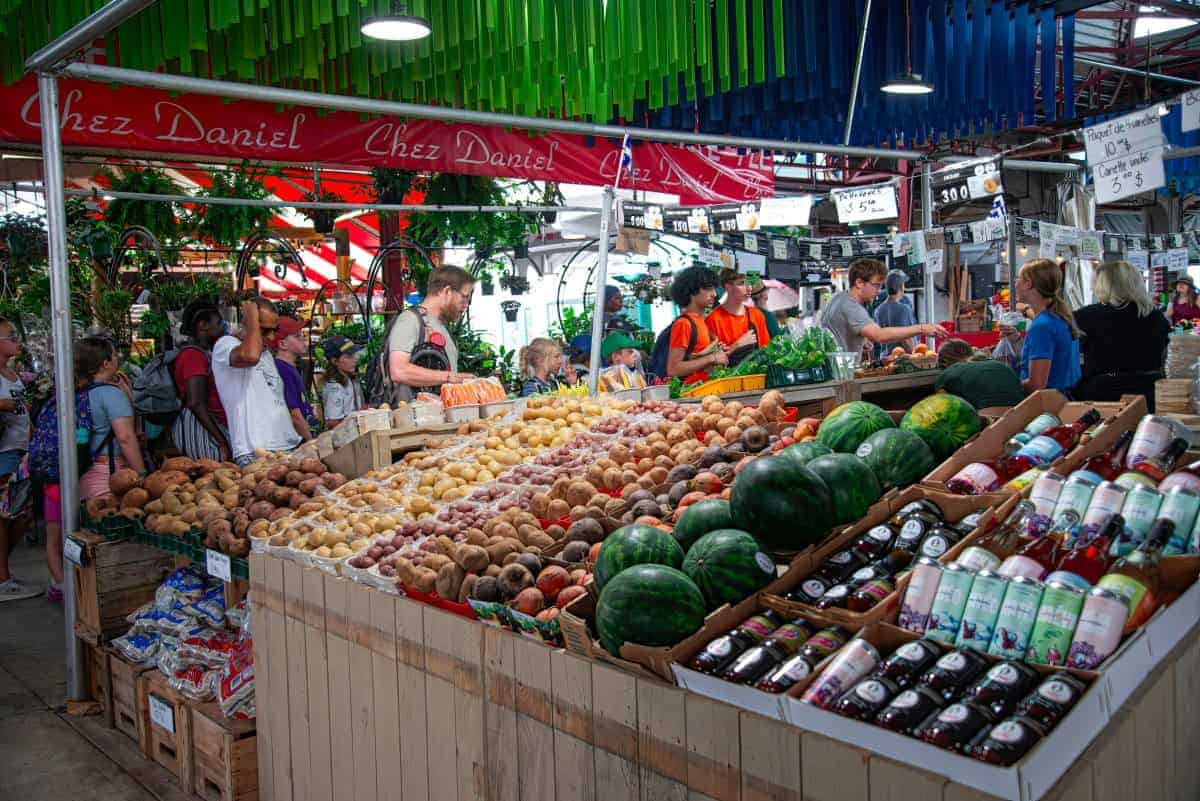Food Prices Are Soaring—Here’s Exactly Why and How You Can Save Money Every Week
Shoppers around the world are feeling the pinch as food prices surge to record highs. According to the latest FAO Food Price Index, the cost of groceries has risen sharply over the past year, impacting everything from bread to fresh produce. Factors like extreme weather events, supply chain disruptions, and increased fuel costs are all driving prices up. But what can you do to stretch your grocery budget? In this guide, we’ll break down exactly why prices are rising—and share actionable strategies to help you save money every week.
1. Supply Chain Disruptions

One of the biggest drivers behind soaring food prices is ongoing supply chain disruption. Transport delays, port backlogs, and labor shortages have made it harder for food producers to get goods to stores on time. This is especially tough on perishable items like fruits and dairy, where even short delays mean spoilage and scarcity. Compared to previous years, these issues are more widespread and persistent, leading to higher costs for everyday essentials. Learn more
2. Extreme Weather Events

Extreme weather has played a major role in driving up food prices worldwide. Droughts, floods, and wildfires have devastated crops and livestock, resulting in lower yields and higher costs at the checkout. For example, severe droughts in the US and Europe have caused wheat prices to spike, impacting everything from bread to pasta. These unpredictable events are becoming more frequent, contributing to ongoing shortages and price hikes. Read more here
3. Higher Fuel and Energy Costs

Rising fuel and energy prices have a direct impact on every stage of the food supply chain. From running tractors on farms to powering food processing plants and shipping goods to stores, higher energy costs mean higher prices for consumers. Compared to five years ago, the cost of producing and transporting food has jumped significantly, making even basic groceries more expensive. See the data
4. Increased Demand for Certain Foods

Changing diets and rising populations are fueling demand for foods like meat and dairy, especially in developing economies. As more people can afford these items, supply often struggles to keep up, causing prices to rise. This growing appetite for protein-rich foods is putting extra pressure on global food systems, making staples more expensive for everyone.
5. Currency Fluctuations

Currency fluctuations are another hidden factor pushing food prices higher. When a country’s currency weakens, importing food from global markets immediately becomes more expensive. Recently, several key markets have seen their currencies decline against the US dollar, making staples like grains and cooking oil costlier. This effect is particularly tough on countries that rely heavily on food imports to feed their populations.
6. Global Conflicts and Trade Barriers

Wars and trade barriers can trigger dramatic food price spikes worldwide. The conflict in Ukraine, a major exporter of wheat and sunflower oil, disrupted global supplies and sent prices soaring. Trade restrictions and export bans add even more pressure, making it difficult for countries to access essential food products. As these disruptions ripple through global markets, consumers everywhere feel the impact at checkout. Read more
7. Rising Labor Costs

Rising wages in agriculture and food processing are also contributing to higher food prices. As countries like the US and Germany increase minimum wages, producers must pay more to attract and retain workers. These higher labor costs are passed along the supply chain, ultimately raising the price of groceries for consumers everywhere.
8. Shrinkflation and Packaging Changes

Another hidden way food prices rise is through shrinkflation. Companies often keep prices steady but quietly reduce package sizes, meaning you pay more for less. Cereal boxes, snack bags, and even coffee tins have all gotten smaller over the years. While the sticker price seems unchanged, the cost per serving or ounce increases—impacting your grocery budget in subtle ways.
9. Shop Seasonal and Local

One smart way to save is to buy produce that’s in season and source it from local markets. Seasonal fruits and vegetables don’t require long-distance shipping or extensive storage, which adds to their affordability. Local foods also tend to be fresher, tastier, and often cheaper than imported options. Supporting nearby farmers benefits your community and helps you avoid the extra costs built into out-of-season imports. Learn more
10. Plan Meals and Make a List

Meal planning is a simple but powerful way to cut grocery bills. By mapping out your week’s meals and sticking to a shopping list, you avoid impulse buys and reduce food waste. Apps like Mealime and Paprika, or printable templates, can help you organize your shopping and stay on budget. A little preparation goes a long way toward weekly savings.
11. Take Advantage of Sales and Coupons

Watching for weekly sales and using store apps or physical coupons can dramatically reduce your grocery bill. Shoppers who regularly use coupons often save 10-30% compared to standard prices. Whether it’s buy-one-get-one deals or exclusive app discounts, these savings add up over time—making it easier to stick to your budget without sacrificing quality.
12. Buy in Bulk (Strategically)

Purchasing pantry staples in bulk—such as rice, beans, oats, or pasta—can significantly lower your cost per unit and reduce trips to the store. However, it’s important to be strategic: avoid bulk-buying perishable items like produce or dairy, which may spoil before you use them. Focus on shelf-stable foods to maximize savings and minimize waste while keeping your pantry well-stocked.
13. Try Store Brands

Store-brand and generic products are often just as good as their name-brand counterparts, but at a much lower price. Common swaps like store-brand cereal, canned vegetables, or pasta can save you a surprising amount over time. Give these alternatives a try—you might find little difference in taste or quality, but a big difference at checkout.
14. Cook More, Eat Out Less

Cooking at home is one of the most effective ways to cut food costs. Preparing simple meals—like stir-fries, soups, or pasta dishes—costs far less than restaurant dining or takeout. Meal prepping for the week can multiply these savings, making it easier to avoid expensive convenience foods. Not only do you save money, but you also control the quality and nutrition of your meals.
Conclusion

The surge in food prices is driven by a complex mix of supply chain issues, weather extremes, rising costs, and global disruptions. While these factors may feel overwhelming, there are practical steps you can take to keep your grocery bills in check. By planning meals, shopping local and seasonal, trying store brands, and staying alert to deals, you can make every dollar count.
.article-content-img img { width: 100% }




